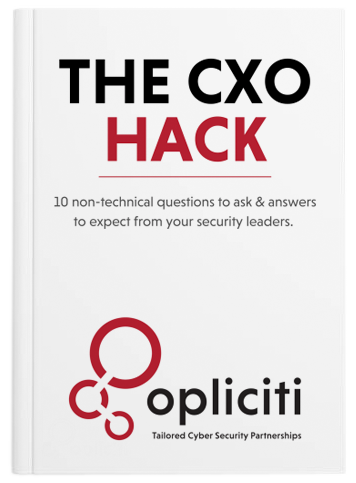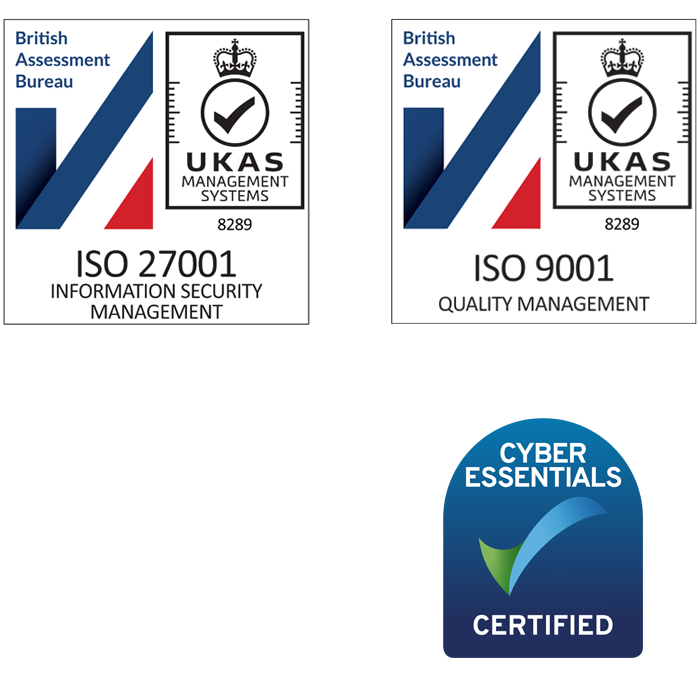Industries
We have experience across a broad spectrum of industries that require cyber security support.
We refer to technology systems that manage industrial operations as Operational Technology (OT). This differs from the more widely understood Information Technology (IT) systems many of us use daily in our homes and offices.
Within the OT environment are Industrial Control Systems (ICS). ICS is further broken down to Supervisory Control and Data Acquisition (SCADA) and Distributed Control Systems (DCS), but, for now, we’ll focus on ICS.
NIST defines an Industrial Control System as “an information system used to control industrial processes such as manufacturing, product handling, production and distribution. Industrial control systems include supervisory control and data acquisition systems used to control geographically dispersed assets, as well as distributed control systems and smaller control systems using programmable logic controllers to control localised processes”.
Using an extremely simple example, a home heating system will collect data from a thermostat. It will perform a function based on that data using a set of established parameters to adjust the heating within the house accordingly. If the thermostat where to fail, what would happen? In an industrial context, failure of a safety system could not only stop production, in extreme scenarios, it could cause loss of life.
Challenges


